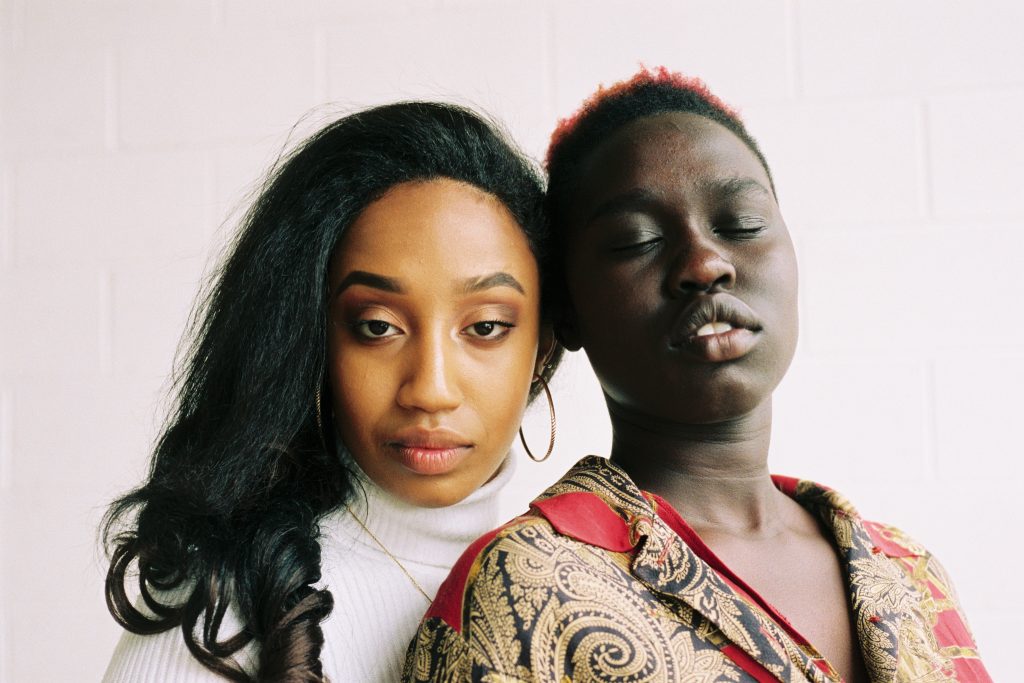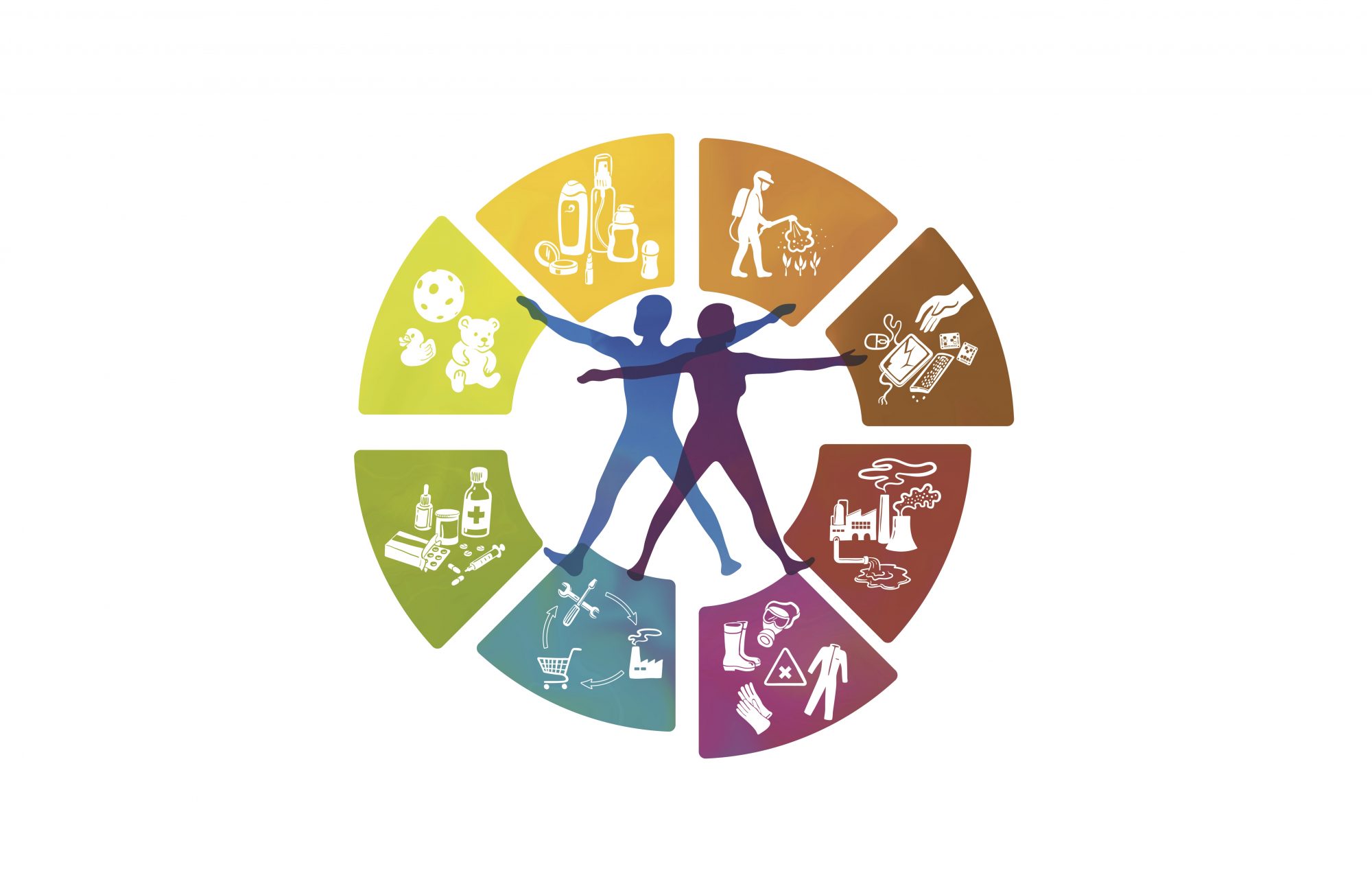#Expert-Blog Series: How to create a gender-just-healthy planet
by Pia Cimander, Intern at MSP Institute

Soooo many cosmetics…
Walking through the aisles of a German drugstore, you’d notice the vast amount of cosmetics and care products piled up around you. Prices vary from cheap (bottom) to expensive (top), and products shine in all colors of the rainbow. For every part of the body, for every part of the face, and for every age. Products “for men” are strictly separated, from all the rest. i.e. the ones probably intended for women. The compartment with products for men is much smaller, there are fewer products and the packaging is also less conspicuous.
Whether distinguishing cosmetic products “for men” and “for women” is necessary is open to question, but the fact that the product range for women is so much larger should be examined and the reasons for this scrutinized.
Whatever the reasons, however, there are enough customers buying these products – despite the fact that ingredients are often poorly researched and components poorly declared.
The market is booming, but at what price?
In 2019, sales in the market for cosmetics and toiletries in Germany alonge were around € 15 billion [1]. Worldwide, annual sales amount to around € 220 billion, with an upward trend [2]. Women are the largest consumer group of cosmetics and personal care products. They use an average of 15 different such products every day. These contain up to 100 chemicals, many of them toxic or potentially toxic [3]. According to the World Health Organization (WHO) [4] and the Endocrine Society [5], EDCs (endocrine disrupting chemicals) in cosmetic products increase the likelihood of serious and even potentially fatal diseases and health disorders.
There are many reasons why women around the globe buy so many cosmetic products, including: the market and marketing suggests that women need all kinds of cosmetics and care products. Shampoo, for example, should simply clean hair of residues, grease and dead skin flakes. Instead, there is a suitable shampoo for every hair type, every taste and every feel. In addition, there are always new trends, also reflected in cosmetics. For example, As society is increasingly concerned with a “healthy” lifestyle, a clean and vegan diet and minimalistic styling, this is also reflected on the shelves of drugstores. In addition, so-called influencers increasingly impact purchasing and consumption behavior. When a certain product is advertised and shown frequently, the consumers’ interest increases and sales rise as well [6]. In addition, a well-groomed appearance is demanded by society, especially of women, and employers, for example, also usually attach great importance to this[10],[11].
Bleaching for beauty and jobs?
A particularly unsettling example of risky cosmetics in order to meet societal ideas of beauty and status is the increasing use of skin-lightening products, cures and creams, which are becoming more and more popular, especially in Asian and African countries. With an expected turnover of US$ 31.2 billion by 2024, they represent the fastest growing sector in the beauty industry [9], with the largest markets in Asia, particularly in the Philippines. However, they pose an enormous risk for their mostly female consumers [7]. So if potential employers mention a “well-groomed appearance” in their job applications, it can be assumed that, among other things, this also refers to the lightest possible skin [10],[11],[7]. Creams, cosmetic treatments and even intravenous cures are offered at almost all price ranges. One example is the so-called “Cinderella drip”, an intravenous treatment that destroys the skin’s natural melanin through the antioxidant glutathione and thus lightens the skin. Glutathione and its long-term effects on the human body have been poorly researched; they are not recommended by the FDA for medical use [8], for example. The World Health Organization (WHO) warns against such creams, especially against the mercury salts they may contain, which have been found several times in skin-lightening products, as mercury inhibits the formation of melanin and thus leads to a brighter skin tone. The Minamata Convention on mercury sets a limit of 1 mg/kg (1 ppm) for skin-lightening products, but many cosmetic products contain mercury in higher concentrations than this to enhance the whitening effect [9]. Many skin-lightening products are available via a ‘black market’ precisely because of these health hazards.
Major problems with the (illegal) trade of skin bleaches and side effects caused by their use can also be found in African countries. Such products are advertised on large street adverts as well as on television, and on the Internet. Many influencers report (mostly on YouTube and Instagram) talk about their successes with skin-lightening creams, tinctures and capsules, some of which they distribute themselves.
Lightened skin can help less privileged women as a “stepping stone” into a profession, because light skin stands for social advancement and is considered attractive by society [7]. However, the use of cheap creams and duplicates is highly dangerous and can lead to extreme damage such as possible mercury poisoning.
Racism
Reasons for wanting to lighten the skin are firmly anchored in colonial history, and the racist structures of our globalized world [12],[13]. Questioning the resulting ideals of beauty and overcoming discrimination is the task of society and politics.
Changing our ideas of beauty, however, will take time. Meanwhile, transparency and control of ingredients of bleaching products as well as of cosmetics of any kind needs to increase significantly, and people need to become aware of risks and side effects. Otherwise, the price people are paying for looking “beautiful” or “successful” is way too high.
SAICM Issues of Concern
In the SAICM process, chemicals in cosmetics are considered in the discussions on “Issues of Concern”, and the Emerging Policy Issues “chemicals in products” and “endocrine-disrupting chemicals” are of particular relevance to cosmetics and care products. This is an important stepping stone for getting things right. A comprehensive, ambitious and gender-responsive SAICM Beyond 2020 is very much needed.
Sources and further information:
[3] https://www.forumue.de/wp-content/uploads/2019/12/10-Stimmt-die-Chemie-Hausmann.pdf
[4] WHO/UNEP, “WHO | State of the Science of Endocrine Disrupting Chemicals – 2012,” WHO (World Health Organization, 2013), http://www.who.int/ceh/publications/endocrine/en/
[5] Endocrine Scientific Statement (review), 2015: https://www.ncbi.nlm.nih.gov/pubmed/26544531
[7] https://www.youtube.com/watch?v=hYTIh2cXfvM
[9] https://www.who.int/publications/i/item/WHO-CED-PHE-EPE-19.13
[11] https://www.hrmguide.com/diversity/colorism.htm
[13[ https://wellcomecollection.org/articles/XIfdHRAAAKbQ_FWB
http://ecowastecoalition.blogspot.com/
https://ipen.org/documents/about-ecowaste-coalition
https://www.sueddeutsche.de/panorama/ruanda-bleichcremes-frauen-1.4257206
https://www.who.int/publications/i/item/WHO-CED-PHE-EPE-19.13
